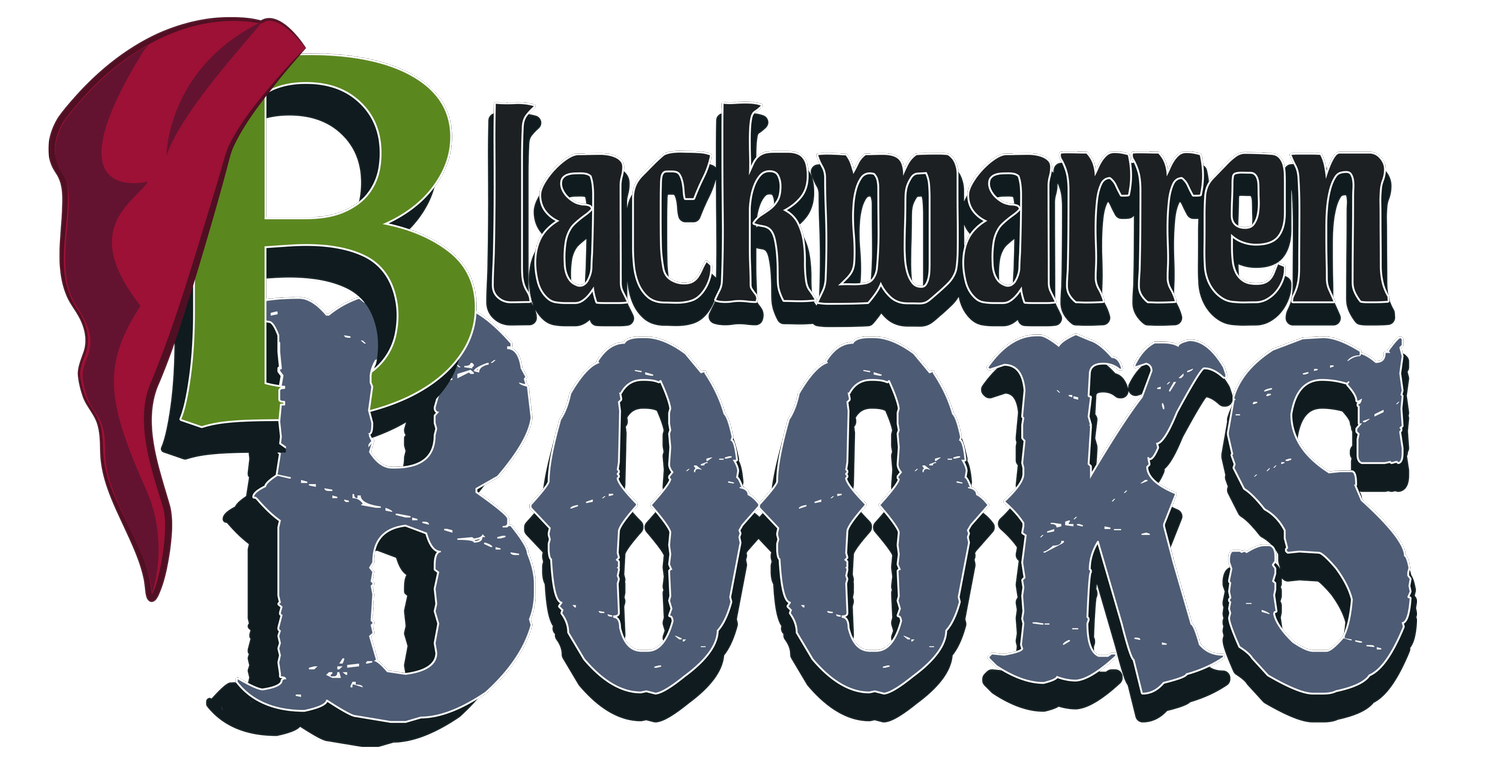Blackwarren Travelogue Part Two
Last week, Blackwarren Editor Renard De Fleuraeux began his deeply personal narrative of his trip through Europe on the heels of the tragic death of his father. Now, rejoin us for the next installment.
Day 2
Barcelona really is one of the most striking cities I've ever been in. Today, we took a general tour of the city, and this is definitely a city for creators of all stripes, be they painters, writers, or artists of any kind. Something I noticed was the graffiti everywhere, and to my American sensibilities, how odd it was to see graffiti on medieval walls a thousand years old instead of, say, a plain concrete apartment block. This is not a critique, mind you, but an interesting sign that the streets and ancient buildings are part of a living city.
The city is marked by an independent and creative streak, as Barcelona is the center of Catalonia and Catalan culture. Catalonia's distinct culture and history are tied to the medieval kingdom of Aragon that would make up modern-day Spain but has often pushed to maintain its unique culture outside of Spanish identity— often through referenda and fights for greater recognition or outright independence. The Catalan flag was seen everywhere, hanging out of balconies, on graffiti, in shops— everywhere, noticeably, besides official government buildings. I am not Spanish or Catalan, and so I won't comment further on the subject, only to say that the recent election in 2017 saw a 42.5% Pro-Independence vote, a plurality of votes; it is not impossible that Catalan's push for independence will one day be realized.
This rebellious streak in Barcelona can be seen everywhere in the city's architecture. Gaudi's awe-inspiring works dot the city with fanciful, ornate, and naturalistic elements, from Sagrada Familia to buildings that retell medieval legends through architectural flourishes. The city's other surviving Beaux-Arts buildings are likewise colorful and innovative. Sadly, Barcelona was heavily damaged during the Spanish Civil War, when Francisco Franco's fascist government tried to brutally repress Catalan culture. Still, the city is proud and has flourished into the modern day. There is great pride in the 1992 Olympics, which brought in so much money to the city, that refurbishment projects are still being impacted by the games more than thirty years later.
Day 3
Today we reached France, and some of you may know I'm a bit of a Francophile. My family roots are in France, on my dad's side, and there's a certain sense of familiarity in it at this point. We reached the scenic port of Seté, near Montpelier, but our ultimate destination was the medieval fortified town of Carcassonne, an absolute treasure for anyone with a love of the Middle Ages. It sits on top of a massive hill with commanding views of the surrounding countryside and looks like something out of a fantasy novel. I would kill to run a LARP session or merely DM a game in such a glorious setting, but I'm pretty sure the locals might raise some protests.
The city is a fortress in itself, with stout concentric walls, strong towers, and imposing gates. But inside, there's a great deal of charm and grace. The castle in the center of town is a glorious sight, its main cathedral is as graceful as any grand, gothic church, and the houses are adorned with hand-carved figures and iron-wrought decorations, or drenched in ancient, grasping vines of ivy. The people are warm and friendly, and for a few hours, I felt the farthest away from my grief than I had since the trip began. I was entirely in my element, and Tan had to drag me away from the ramparts and the Inquisition Museum lest we miss the bus back to the port.
The theme of rebellion continued, in learning about the local history. Carcassonne is the site of many rebellious actions against the French monarchy and, most infamously, the Catholic Church. In the 13th century, a sect of gnostic Christians, the Cathars, rebelled against Catholic dogma, resulting in the Albigensian Crusade. It was entirely political; the papacy was under the thumb of the French King, and the fact that local nobles utilized the Cathars to rebel against the King made the holy part of a holy war very suspect, if any war could be called holy in the first place. Carcassonne was later caught up in a much bigger rebellion; the French Revolution. Under the Reign of Terror, Carcassonne's treasures were plundered or destroyed, as a grand castle and huge gothic cathedral were potent symbols of everything the French were rebelling against. Thankfully, the 19th century saw a rebirth as the architect Eugene Viollet-le-Duc restored Carcassonne to its gothic splendor, as we see it today.
Come back later this week for even more from Ren’s travelogue!

